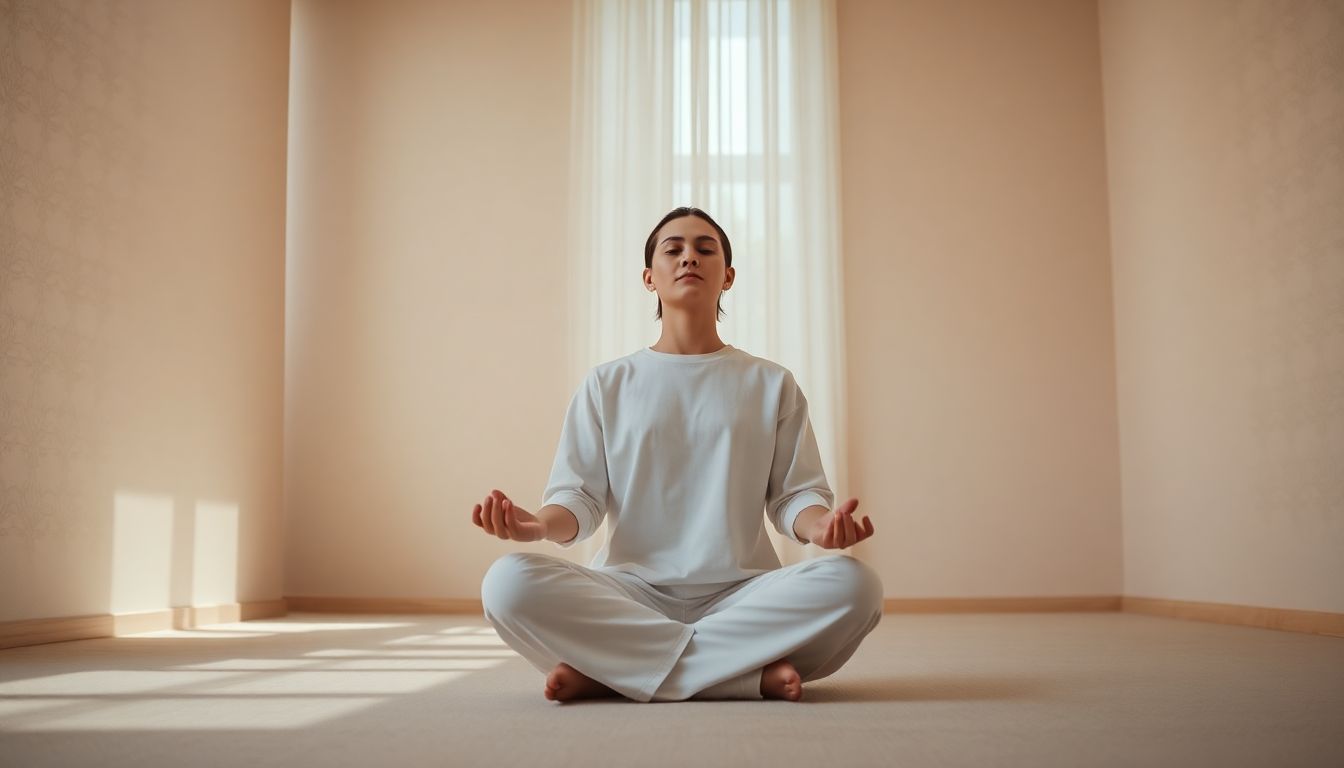
How Long Should You Sit for Vipassana Meditation Daily? A Practical Guide
Vipassanā meditation has transformed lives, offering peace and clarity in our chaotic world. Studies reveal that regular practitioners experience significant reductions in stress and anxiety. Yet, many folks find themselves uncertain about how long to meditate each day.
Vipassanā, often called insight meditation, focuses on self-observation and mindfulness. This article will provide clear guidance on how to determine an optimal daily sitting time for your practice, tailored to your individual needs and experience.
Understanding Your Body and Mind's Capacity
Assessing Your Current Physical Fitness and Health
Before you sit down to meditate, it's key to evaluate your physical health. Many meditators face discomfort, especially back pain, during sessions. Statistics show that a significant number of people experience back problems, with reports suggesting nearly 80% of individuals suffer at some point.
To help alleviate discomfort:
- Mindful Posture: Sit up straight but relaxed. Keep your spine aligned.
- Body Awareness: Notice any tension and soften those areas consciously.
- Consult Health Professionals: If you have chronic pain, seek advice before starting or adjusting your practice.
Identifying Your Mental Capacity for Focused Attention
Attention span plays a crucial role in meditation. Those new to Vipassanā may struggle with maintaining focus over longer durations. Signs of mental fatigue often include mind wandering or frustration.
To enhance your focus:
- Start with Short Sessions: Begin with 5-10 minutes and gradually extend.
- Practice Mindfulness: Focus on your breath or bodily sensations to cultivate attention.
The Role of Mindfulness in Determining Sitting Time
Mindfulness helps you understand what's best for your body and mind during meditation. It differentiates between discomfort (which can be worked through) and mental restlessness (which may require a break).
Exercises to cultivate mindfulness include:
- Body scans: Pay attention to each body part.
- Slow, intentional walking: Notice your surroundings and sensations in your feet.
Starting Small: A Beginner's Approach to Vipassanā
Recommended Initial Sitting Durations for Beginners
For those new to Vipassanā, starting durations should be manageable. Aim for:
- 5-10 Minutes Daily: Consistency is more critical than duration.
- Gradual Increases: Once comfortable, add 2-5 minutes each week until you find your sweet spot.
Real-world examples show that many beginners gradually work up to 20-30 minutes after several weeks of practice.
Strategies for Overcoming Initial Challenges
Beginners often face restlessness and discomfort. Here’s how to ease into your practice:
- Adjust Your Posture: Sit on a cushion or chair if necessary.
- Manage Distractions: Use earplugs or a quiet space.
- Take Short Breaks: Incorporate brief pauses for stretching or walking.
The Importance of Gradual Progression
Slow and steady wins the race in meditation. Pushing yourself too hard can lead to burnout. To stay committed:
- Set small, achievable goals.
- Celebrate your progress, no matter how minor.
Intermediate and Advanced Practices: Extending Your Sessions
Building Endurance and Deepening Focus
For those ready to extend their sessions, focus on building stamina:
- Longer Sessions: Gradually increase your time to 30-60 minutes.
- Use Retreats: Join meditation retreats to deepen your practice and enhance endurance.
Experts advocate that extended sessions can lead to deeper insights and greater tranquility.
The Use of Guided Meditations and Retreats
Guided meditations can be beneficial for longer sessions. They offer structure and support. Consider exploring:
- Online Platforms: Websites like Insight Timer provide a range of guided options.
- Retreat Centers: Look for reputable centers in your area, such as the Insight Meditation Society.
Listening to Your Body: Recognizing the Signs of Overexertion
As you extend your sessions, always listen to your body:
- Look for signs of fatigue, such as excessive fidgeting or yawning.
- Adjust your sitting time by shortening or taking breaks when needed.
- Practice self-compassion; rest is a crucial part of any journey.
Beyond the Sitting Cushion: Integrating Meditation into Daily Life
Mindful Movement and Body Awareness Practices
Complement your meditation with mindful movement:
- Yoga or Tai Chi: Both practices enhance body awareness and relaxation.
- Find Resources: Look online for classes or videos to get started.
Incorporating Mindfulness into Everyday Activities
Mindfulness can be practiced throughout your day:
- During Meals: Savor each bite and notice flavors.
- While Walking: Pay attention to your steps and the environment around you.
This integration can enhance both your meditation practice and daily life, helping you manage stress and emotions better.
The Importance of Consistency over Duration
In meditation, regularity trumps duration. Short daily practices yield better long-term benefits than rare, long sits. As meditation teacher Jon Kabat-Zinn said, “You can’t stop the waves, but you can learn to surf.”
Motivational Tips
- Set a daily reminder for your practice.
- Join a meditation group for accountability.
Conclusion: Finding Your Optimal Vipassanā Meditation Duration
Finding the right sitting duration for your Vipassanā meditation practice is a personal journey. The key is to listen to your body and mind, adjusting as necessary. Begin small, gradually increase your time, and incorporate mindfulness into your daily life.
Embark on your Vipassanā journey with patience and self-compassion. Your path to clarity and peace awaits. You can also try Hanuman Bahuk pdf meditation.
Comments
Post a Comment